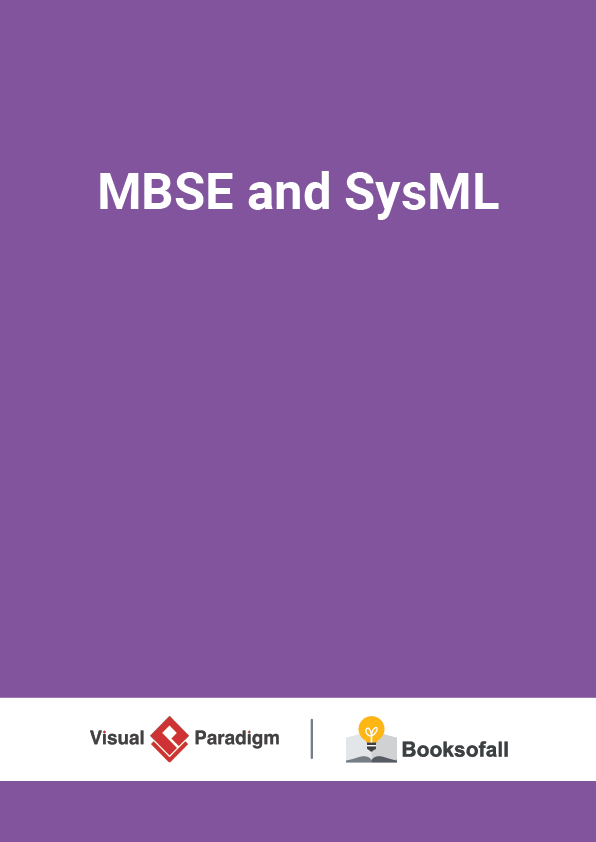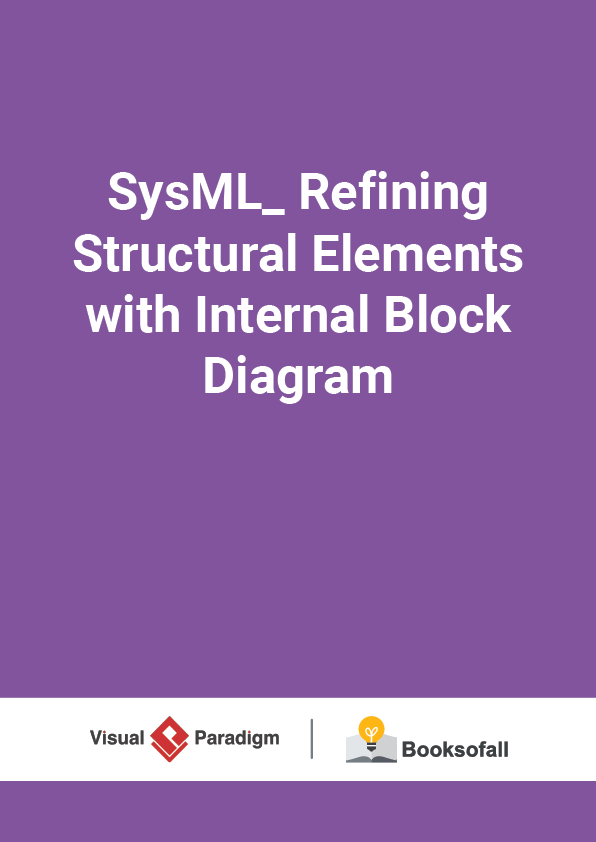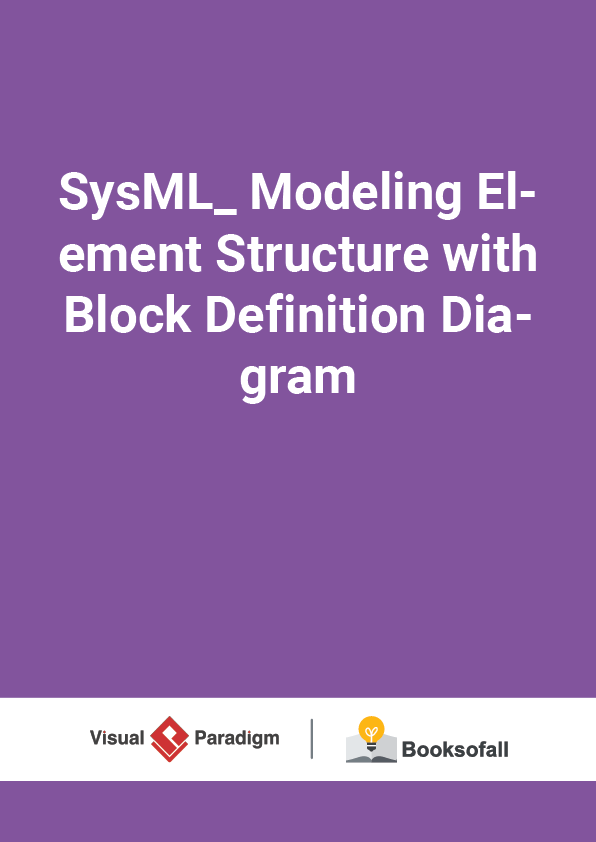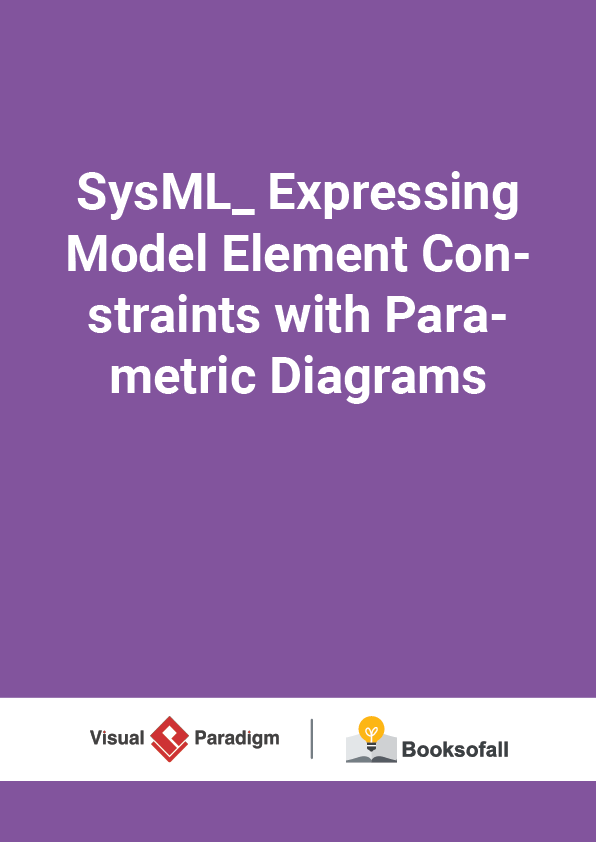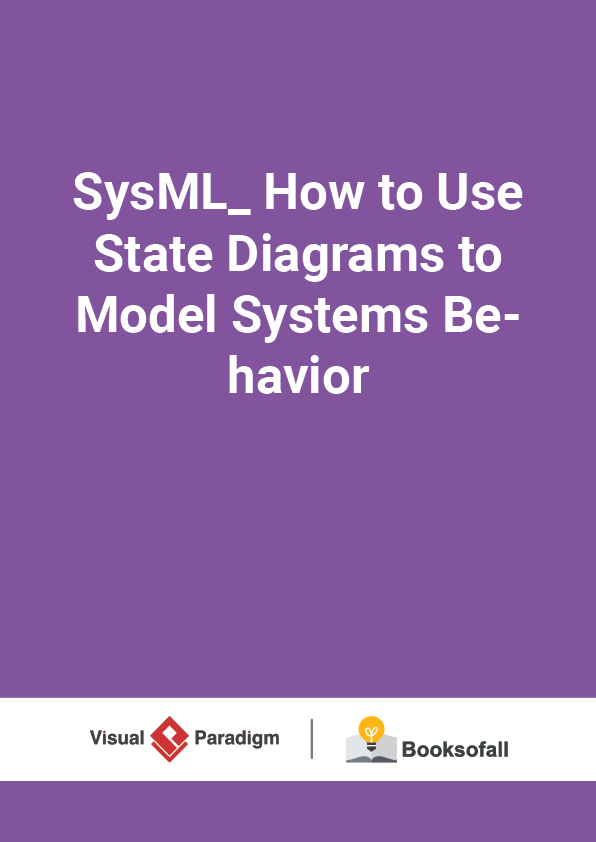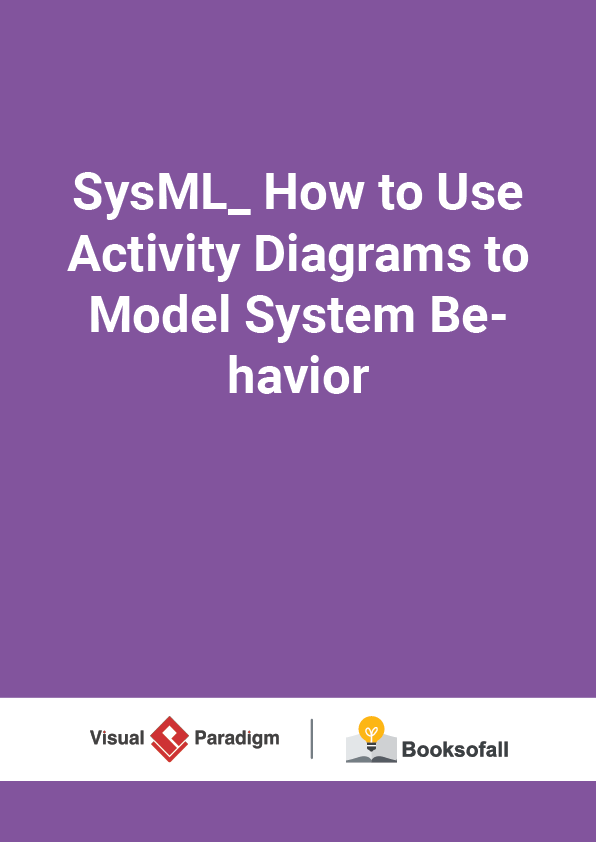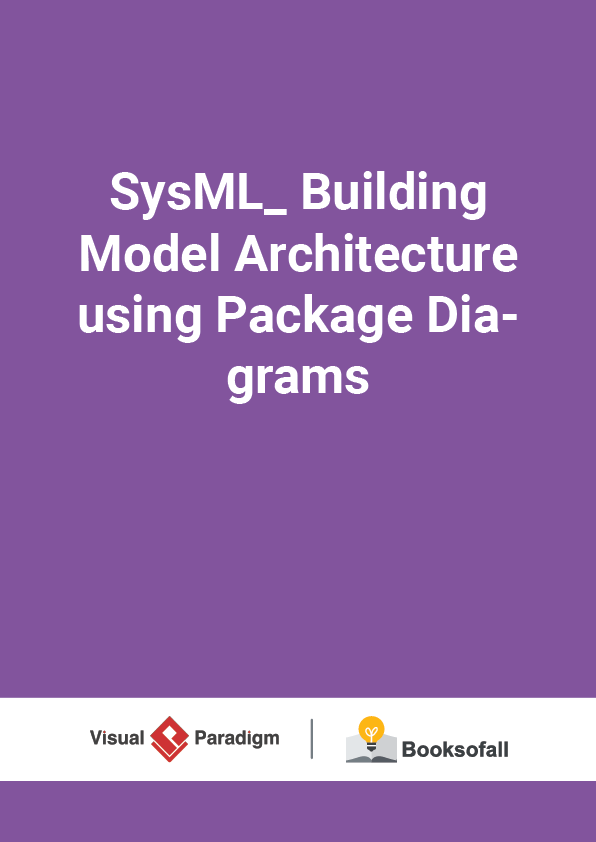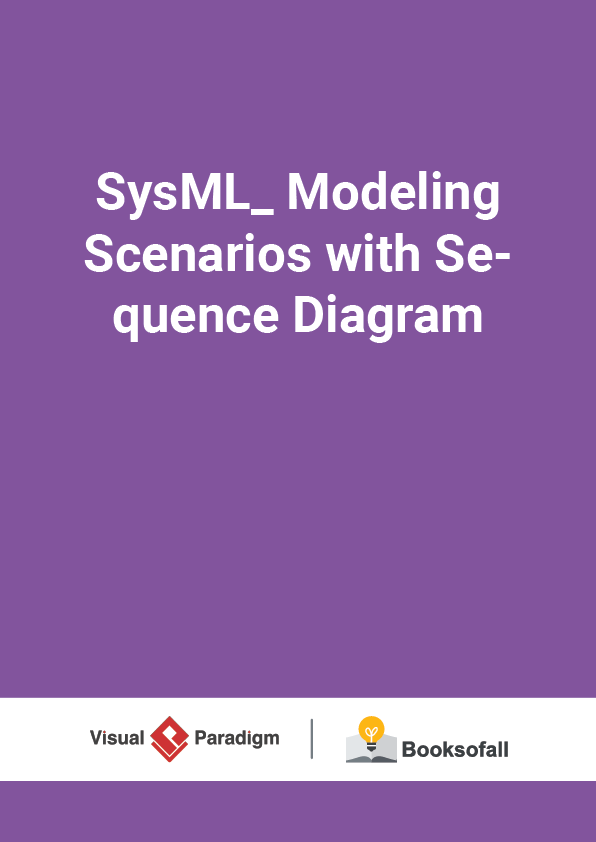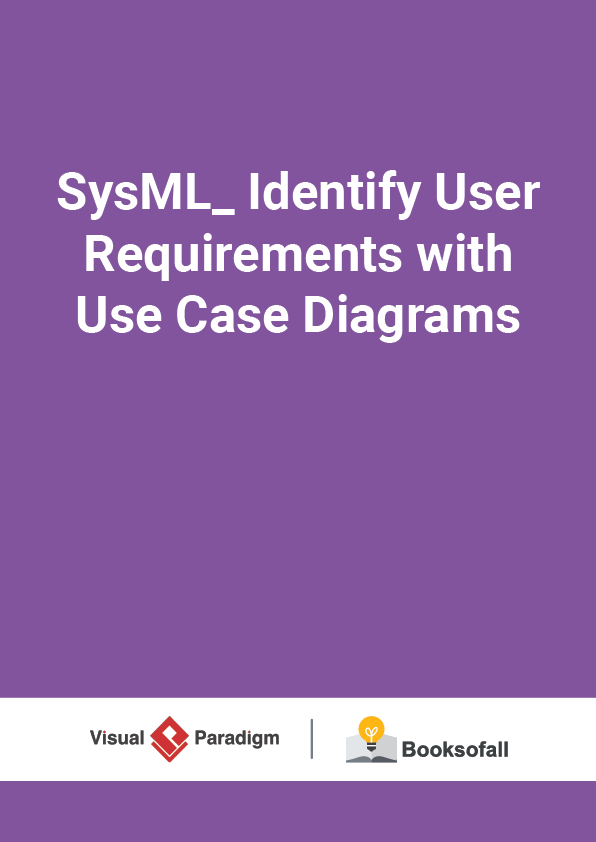MBSE and SysML
6-7 minutes
Model-based systems engineering (MBSE) is a systems engineering methodology that focuses on creating and exploiting domain models as the primary means of information exchange between engineers, rather than on document-based information exchange.
Model-Based Systems Engineering (MBSE) is the practice of developing a set of related system models that help define, design, and document a system under development. These models provide an efficient way to explore, update, and communicate system aspects to stakeholders, while significantly reducing or eliminating dependence on traditional documents. In practice, engineers use models to gain knowledge (e.g. performance) and to serve as a guide for system implementation (e.g. SysML, UML).
A recommended best practice for any Model-Based Systems Engineering (MBSE)approach is the synergistic application of Model-Based Languages, Model-Based Tools, Model-Based Processes, and Model-Based Architecture Frameworks, as shown in the System Architecture Tetrad figure below. After a decade of pragmatic experience applying SysML to tough Systems Engineering problems, SysML has emerged as the defacto Model-Based Language choice for MBSE projects.
Learn SysML Faster, Better and Easier
Are you looking for a Free SysML tool for learning SysML faster, easier and quicker? Visual Paradigm Community Edition is a SysML software that supports all SysML diagram types. It is an international award-winning SysML modeler, and yet it is easy-to-use, intuitive & completely free. [ Free Download ]
What is SySML?
The term Model-Based Systems Engineering and its acronym MBSE are popular among Systems Engineers who advocate the use of SysML as a standard architecture modeling language for Systems Engineering applications, and who want to distinguish their approach from Model-Driven Development and its variants, which tend to be software centric.
SysML (Systems Modeling Language) is based on UML and replaces the modeling of classes and objects by block modeling for a vocabulary more suited to System Engineering. A block encompasses all software, hardware, data, process, and even people management concepts.
SysML reuses part of UML2 and it also provides its own definitions (SysML extensions)as shown in the Figure below:
UML4SysML:
- Sequence diagram
- State diagram
- Use case diagram
- Diagram of activities
- Package diagram
- Class diagrams and composite structure (used for block definition and internal block diagrams – BDD & IDB)
SysML Extensions:
- Definitions for Block Definition and Internal Block Diagrams – BDD & IDB
- Changes in the activity diagram
- Requirements diagram – New
- Parametric diagram – New
- Allocations (traceability) – New
The diagrams defined under UML2, and those that make up SysML are shown below. Apart from the new features, the majority of the changes made by SysML can be found in the structural diagrams.
